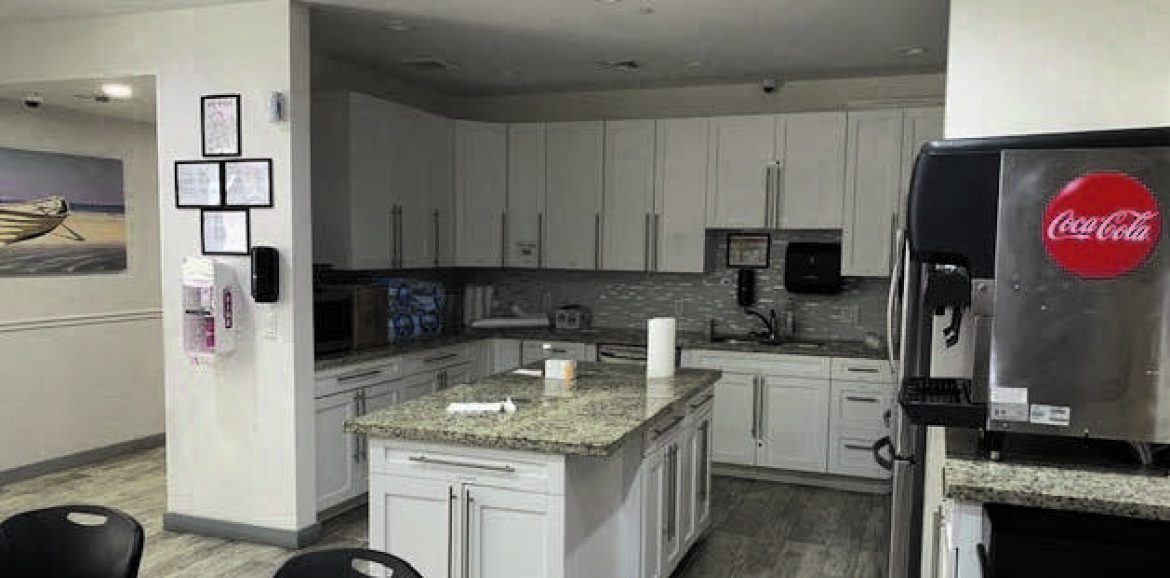
Craig Robins has expanded his Design District fiefdom in Miami, buying a large chunk of the neighborhood that he helped make famous, the development’s owning entity, Miami Design District Associates.
Robins’ firm Dacra, together with several partners, bought a 15-building portfolio along NE 39th Street for nearly $200 million in a deal that closed December 22, according to people familiar with the transaction.
The sellers, Miami Beach-based Comras Company and Apollo Global Management‘s real estate trust, had signed furniture store Restoration Hardware to a portion of the portfolio last year, but the deal resulted in a lawsuit a year later and a store never opened.
Apollo, which originally provided a $220 million loan for the acquisition of the property, will provide seller financing in the deal, sources said. Apollo took over the property from the original owners, RedSky and JZ Capital, last year.
During an earning call this November, Stuart Rothstein, CEO of Apollo Commercial Real Estate Finance, said the trust was selling the portfolio, though he did not name the buyers.
The partners in the deal include Qatari firm Constellation Hotels Holding, developer Nadim Ashi’s Fort Partners, New York-based private equity firm Raycliff Capital, The Real Deal first reported.
Most of the properties sit in an underdeveloped section of the neighborhood, located on the west end along Northeast 39th and 40th Streets from North Miami Avenue to Northeast First Avenue. The joint venture plans to build a mixed-use development that will be announced next year, said a spokesperson for Miami Design District Associates.
The deal gives Miami Design District Associates — a partnership between Craig Robins, L Catterton and Brookfield Properties — almost complete control of the district, which has become a mecca for luxury shopping in Miami, home to Chanel, Louis Vuitton, and Gucci, among others.
Source: Commercial Observer


